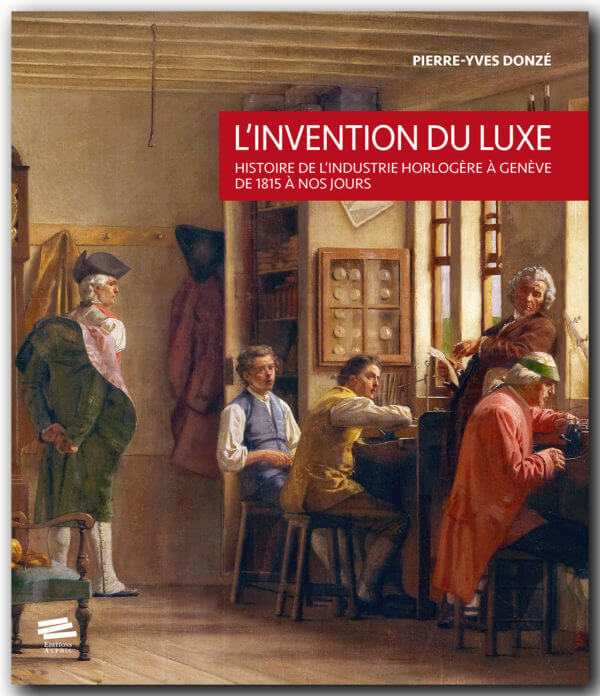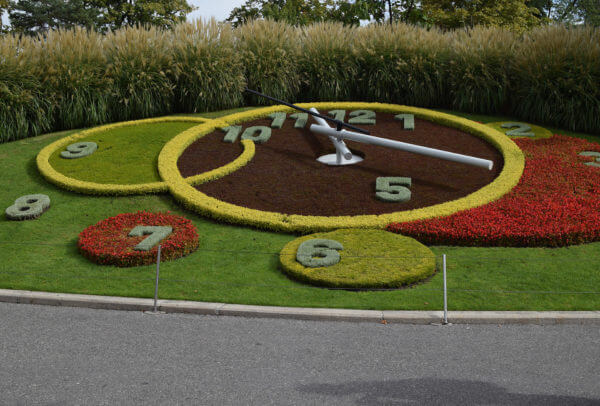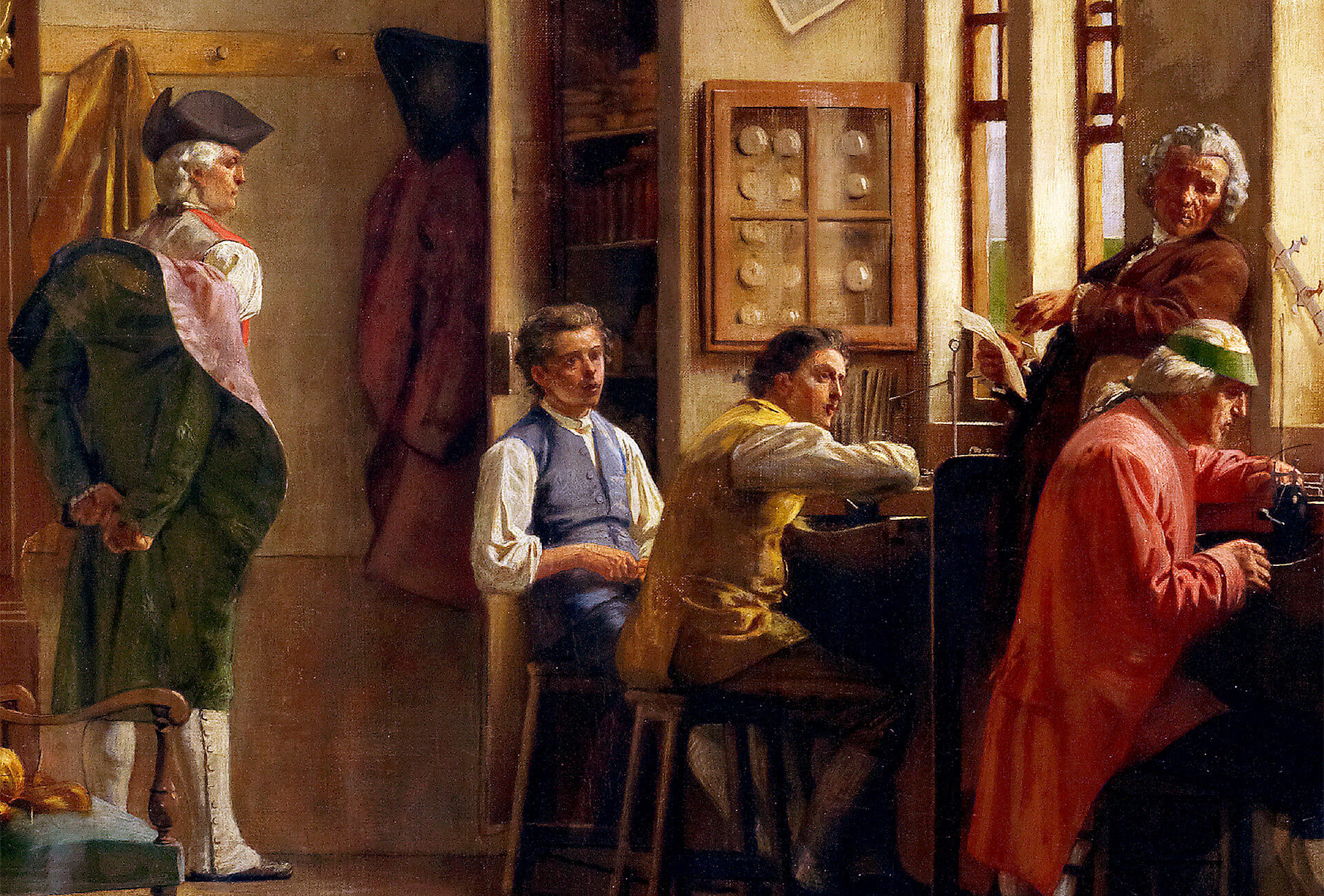In the nineteenth and early twentieth centuries (see part one of this article), there was a tendency in certain quarters to still consider Genevan watchmaking as the “luxury” industry it had been during the golden years of the Ancien Regime, when the reality was quite different. A true luxury watch sector emerged post-1945.
Creative destruction (1945-1990)
The vast majority of Genevan watchmaking firms that existed just after the Second World War have now disappeared, either closing down or becoming absorbed by other companies. Still, new companies did appear, and nowhere sooner than in Geneva: “It was only in the 1980s that new businesses were opening in the Arc Jurassien, twenty years after Geneva,” notes Pierre-Yves Donzé. Furthermore, the crisis that struck the industry as a whole between 1975 and 1985 was of much shorter duration in Geneva, for three main reasons. Firstly, bottom-of-the-range mechanical watches accounted for only a small part of production; secondly, the watch industry had accrued vast amounts of capital; thirdly, and most importantly, watch companies were generating increasingly large profits. Pierre-Yves Donzé is categoric: “It was during this period that the luxury industry truly emerged.”
Several cases come under scrutiny. Among the newcomers, the author distinguishes between companies that moved to Geneva (as others already had, between the wars), jewellery companies that popularised the jewellery watch, and trading companies. He also notes the “mixed fortunes” of the large Manufactures. He goes on to argue the point that even though the industrial fabric of Geneva’s watchmaking sector underwent a complete transformation in the years between 1945 and 1990, there was a persistent, and in some cases stronger belief that Geneva remained a bastion of artisanal excellence and traditional expertise, and that this discourse was “only rarely seen as being in contradiction with industrial reality.”

The triumph of luxury (1990-today)
Pierre-Yves Donzé situates the final period, and final chapter, in his book as of 1990, although he suggests there is little to distinguish it from the preceding decades. In Geneva, a sense of continuity prevailed, which didn’t prevent the city from using its antecedence to position itself at the forefront of a luxury segment that had now extended to the rest of the country’s watchmaking regions. Geneva’s status was further strengthened by the arrival of multinationals (although it wasn’t their only city of choice), strong growth among its large independent companies (whose territory, it should be said, extended well beyond Geneva), and the many individual firms set up by independent watchmakers. This context gave rise to a “new marketing strategy aimed at anchoring brands in an historic tradition.”
Tradition and excellence had long been invoked in Geneva; the difference now being that they were no longer held up in opposition to industrialisation, nor directed at an elite group of consumers. “Tradition became an advertising message for the luxury watch segment that emerged during the 1990s, serving the production and distribution on a large scale of products with high added value.” Pierre-Yves Donzé analyses the situation from three angles: the use of history as a marketing tool; the advent of “haute horlogerie”; and the founding or revival of institutions. In passing, we learn that “haute horlogerie” is not a new concept. In the late eighteenth and nineteenth centuries, it referred to highly precise timepieces, and in particular marine chronometers.

In his general conclusion, the author summarises the invention of modern luxury thus: in the 1970s and 1980s, “entrepreneurs in Geneva realised that excellence and tradition were not simply to be worn as a badge by artisans harking back to pre-industrial days. They could also be used in marketing, to position products as stemming from a long history.” A trend that has continued to develop these past thirty years. From the 1960s and more especially from the 1990s, structure, identity and commercial aspects overlapped to an ever greater extent whereas previously they had existed in “contradiction” and even in “opposition”. Modern luxury is the product of this integration; it is “an invention of the last decades of the twentieth century.”
*L’invention du luxe : Histoire de l’industrie horlogère à Genève de 1815 à nos jours, Pierre-Yves Donzé, published by Alphil. 2017, 224 p.
ISBN: 978-2-88930-122-5












